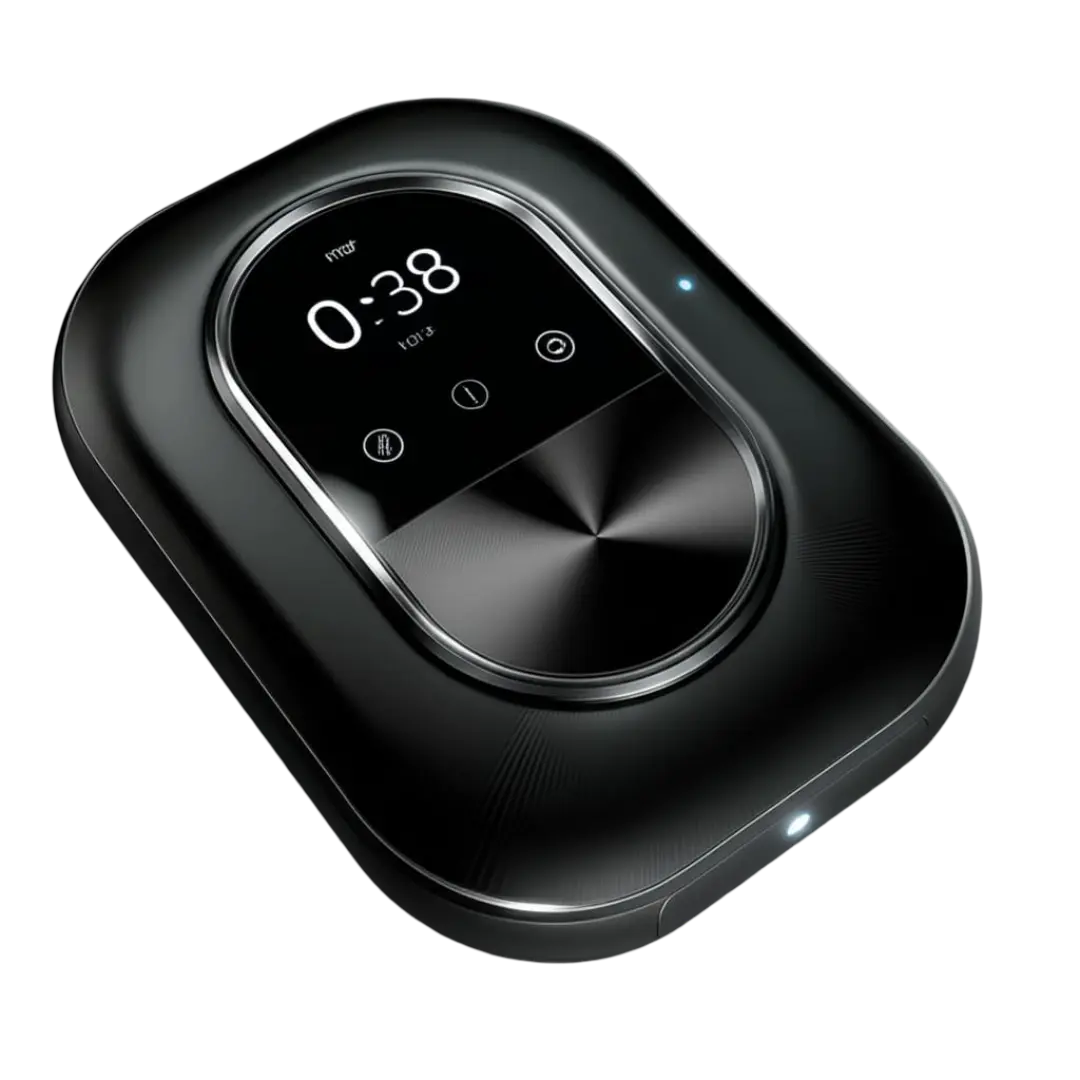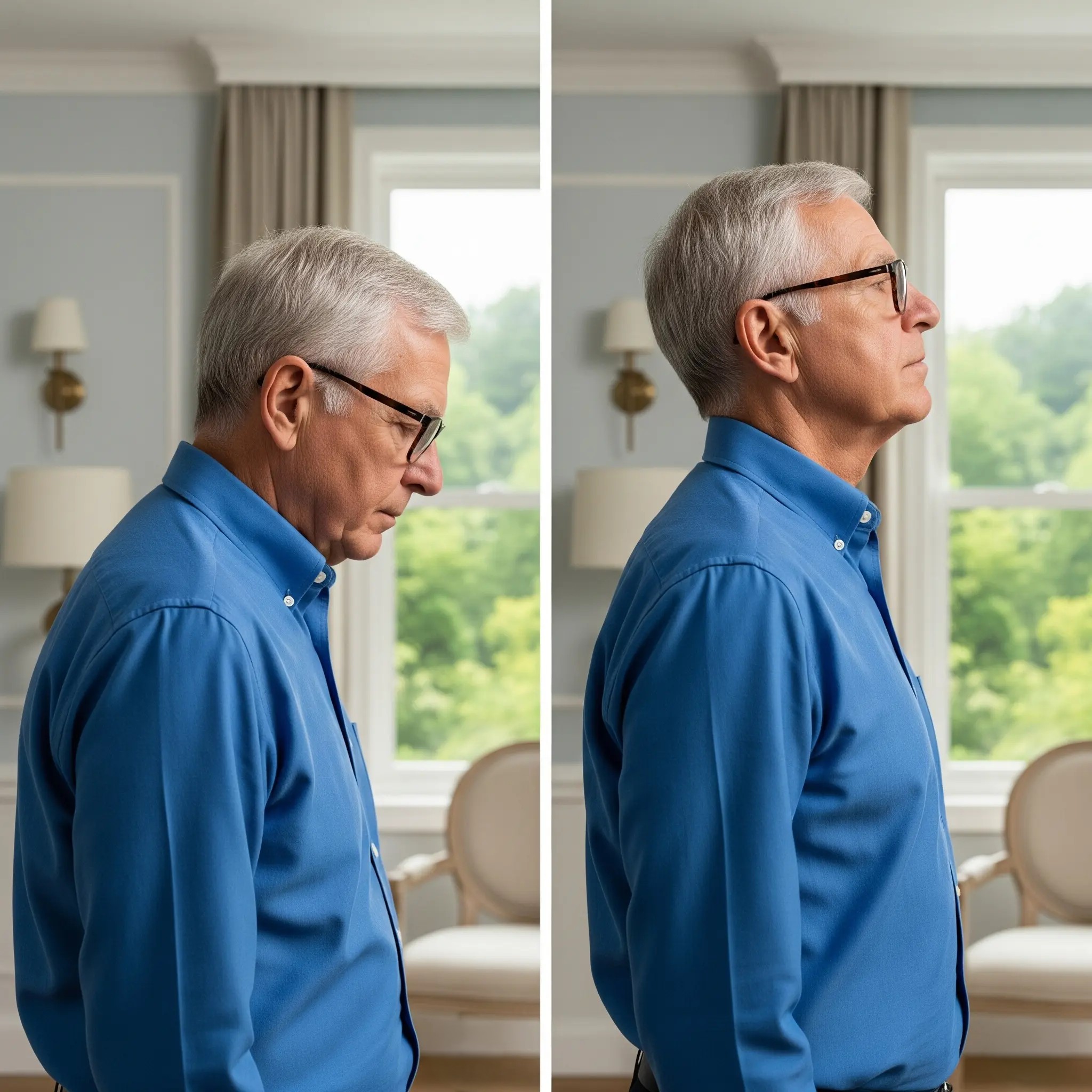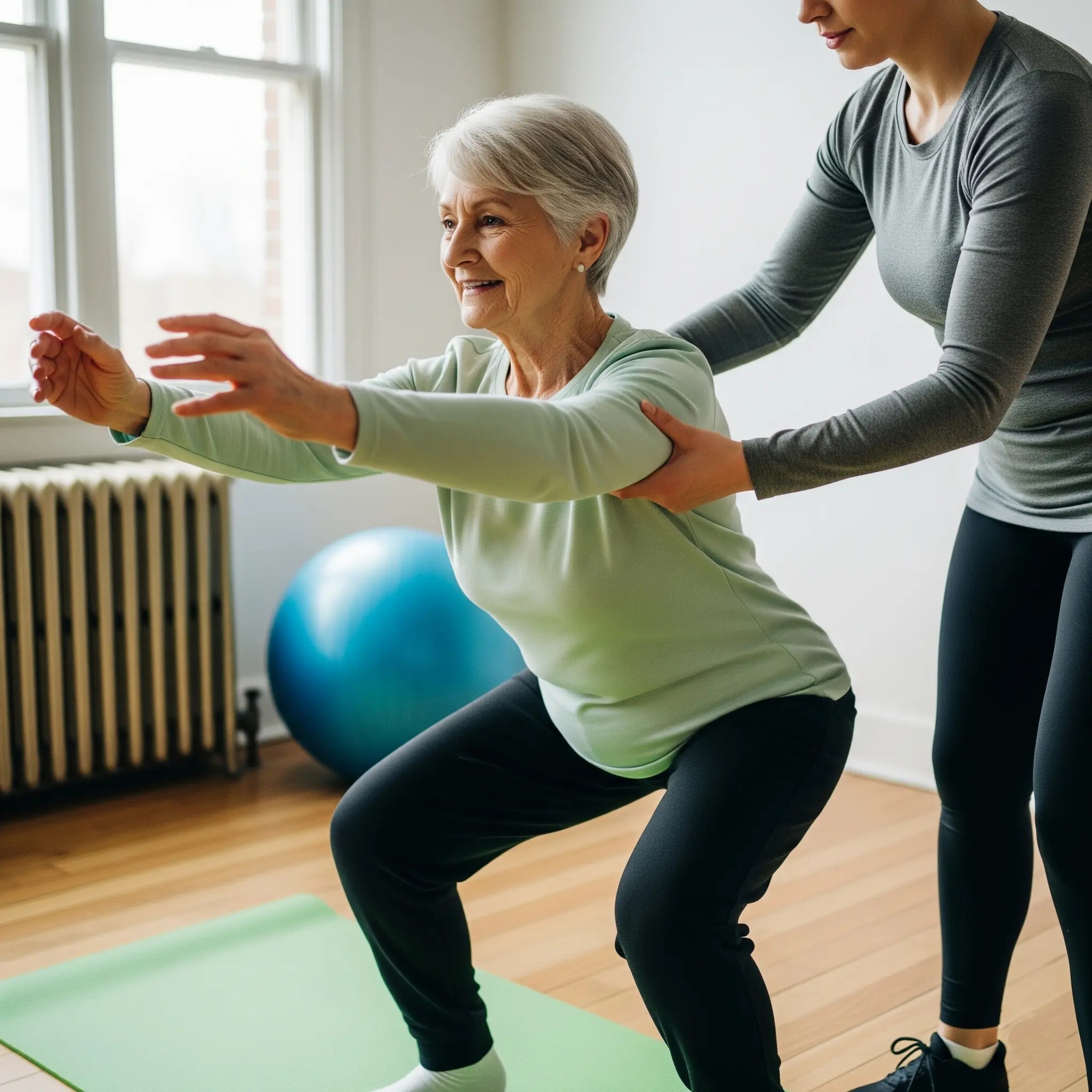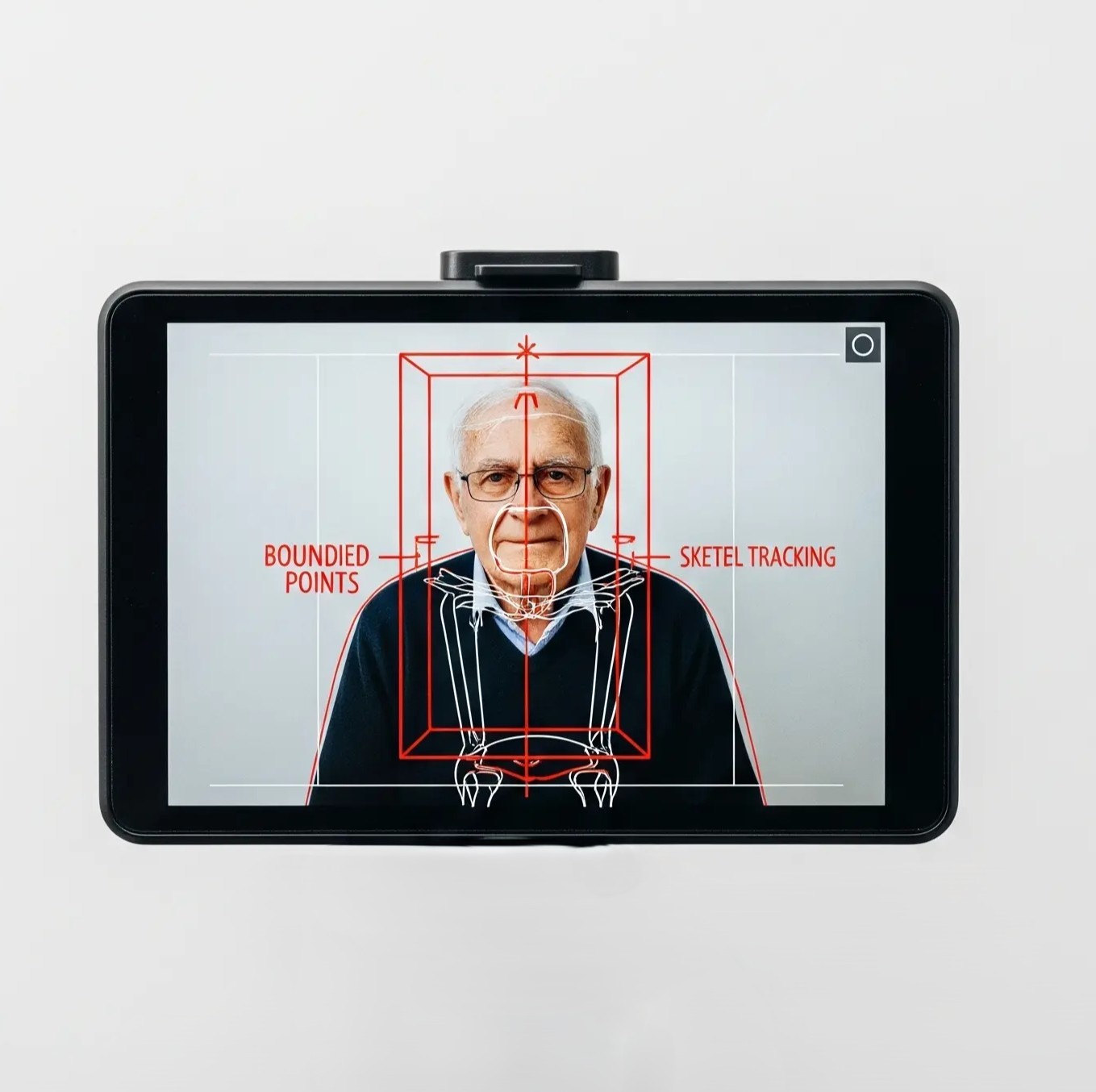Fallgard™ is a revolutionary non-wearable device at the forefront of fall prevention technology, purpose-built to safeguard individuals utilizing mobility aids such as walkers. Harnessing the synergy of advanced sensor systems, an AI-enhanced camera platform, and sophisticated machine learning (ML) algorithms, Fallgard™ delivers precise real-time posture mapping, continuous monitoring, and accurate detection of fall-related deviations.
This intelligent system proactively guides users to maintain optimal balance and alignment, significantly reducing the risk of falls and preventing the life-altering consequences of injury, disability, or loss of life. By combining innovation with practical functionality, Fallgard™ empowers users to reclaim their independence while providing caregivers with a transformative tool to ensure safety and peace of mind.


As global life expectancy continues to rise, nations worldwide are witnessing an unprecedented surge in the aging population. The World Health Organization (WHO) estimates that by 2030, 1 in 6 individuals globally will be aged 60 or older, amounting to approximately 1.4 billion people a figure projected to double by 2050.
Furthermore, the population aged 80 and above is anticipated to triple between 2020 and 2050, reaching a staggering 426 million. This demographic shift presents complex challenges for healthcare systems, as the elderly encounter distinct physiological, emotional, and multifaceted health concerns.
Among these, postural deviations, hyperkyphotic posture, and fall-related injuries stand out due to their profound implications on daily functioning, independence, and overall quality of life.
Altered postures in older adults significantly affect balance, mobility, and overall quality of life, leading to a higher risk of falls and substantial health and economic burdens. Studies such as Kado et al. (2004) and Katzman et al. (2011) link poor posture, including hyperkyphotic and greater thoracic curvature, to increased fall risk, with the latter doubling the likelihood of recurrent falls.
The CDC reports that the average hospital cost for fall-related injuries exceeds $30,000, with U.S. medical expenses for falls totaling $50 billion in 2015. Falls remain the leading cause of injury-related death among older adults, with their incidence and economic impact expected to rise with the aging population.
These findings emphasize the urgent need for innovative solutions to correct postural impairments, reduce fall risks, and preserve the health, independence, and quality of life of older individuals.


Healthcare professionals traditionally rely on subjective evaluations, physical exams, and standardized tools for fall risk assessment, which often lack precision for individualized insights. Challenges like improper use of mobility aids, as highlighted by Liu et al. (2011), can inadvertently increase fall risks.
Fallgard™ revolutionizes this processwith AI-driven solutions that capture precise postural data, predict fall risks with high accuracy, and offer real-time guidance to correct misalignments, setting a new standard in personalized fall prevention.
Future advancements in systems like Fallgard™ will integrate factors such as comorbidities, medications, and chronic diseases into predictive algorithms for comprehensive fall risk assessment. By incorporating these complexities, AI and ML-based systems will provide nuanced, dynamic strategies for fall prevention, enhancing safety and outcomes for at-risk individuals.

Traditional posture correction devices like back braces and wearable sensors are often uncomfortable and ineffective, especially for elderly users, leading to low adherence. Passive braces provide support but lack the therapeutic benefits of active correction, such as muscle engagement and balance improvement, crucial for fall prevention.
Studies, including Davis et al. (2003) and Negrini et al. (2012), have highlighted these issues, noting discomfort and lack of muscle engagement as significant drawbacks. This invention offers a comfortable, user-friendly solution with real-time feedback, encouraging active postural correction without restricting movement.
Research by Stojanovic et al. (2019) underscores the benefits of active correction for long-term fall prevention. Easily attachable to mobility aids, it ensures sustained usability and effectiveness for elderly individuals.

This device is designed to benefit high-risk elderly individuals with kyphotic posture, balance issues, and a history of falls, along with the businesses that serve them, such as hospitals, rehabilitation centers, nursing homes, and assisted living facilities.
Not only does it benefit the elderly, but it also supports organizations that care for them by reducing the risk of falls, potentially lowering healthcare costs and improving overall quality of care.
Additionally, industries where poor ergonomics contribute to health issues may also find this device valuable in enhancing posture, reducing strain, and improving productivity.

The vision behind this invention is inspired by over 18 years of experience in physical therapy and rehabilitation. Treating hyperkyphotic posture and preventing falls has been a professional and personal goal, as these challenges have long required constant patient monitoring to avoid complications and hospitalizations.
The need for a corrective device that offers consistent feedback to patients using walkers or other aids became clear through daily practice.
The invention aims to empower elderly individuals by providing a continuous postural awareness tool that enhances spatial orientation, safety, and mobility, all while reducing caregiver fatigue and financial burden on healthcare systems.

With the combination of radar, laser sensors, AI, machine learning, and camera systems, Fallgard™ provides a personalized, intelligent fall prevention experience. The device learns from its usage, becoming smarter over time by adapting to the user's movements and improving its ability to detect and prevent falls.
This cutting-edge technology ensures that Fallgard™ remains effective over time, making it an essential tool for individuals who require additional support in maintaining balance, independence, and safety.
The intelligent camera system embedded in Fallgard™ works alongside the radar and laser sensors, using machine learning algorithms to continuously monitor the user's body in real-time. The camera's advanced vision system accurately tracks body posture, gait, and movements, detecting imbalances or deviations that might not be easily captured by traditional sensors.

When the system detects a deviation or imbalance, Fallgard™ triggers timely alerts through visual (LED lights), auditory (e.g., "Correct your posture" or "Fall risk"), and tactile (vibrations) feedback. The AI system customizes the feedback based on the user's history and posture patterns, helping them adjust before a fall becomes imminent.
The integration of AI and machine learning enables continuous learning and adaptation, improving the precision and relevance of feedback as the user's movement profile evolves.
Fallgard™'s sleek, semi-soft shell design houses all essential components—sensors, camera, processors, and battery—in a compact, lightweight package. The device is easy to install, providing all-day support and reliability. Powered by a small, efficient battery, Fallgard™ is perfect for daily use, offering seamless integration into the user's routine without being intrusive or cumbersome.
Real stories from individuals who have experienced the benefits of Fallgard™
Discover how Fallgard™ can enhance safety and independence for your loved ones or care facility.